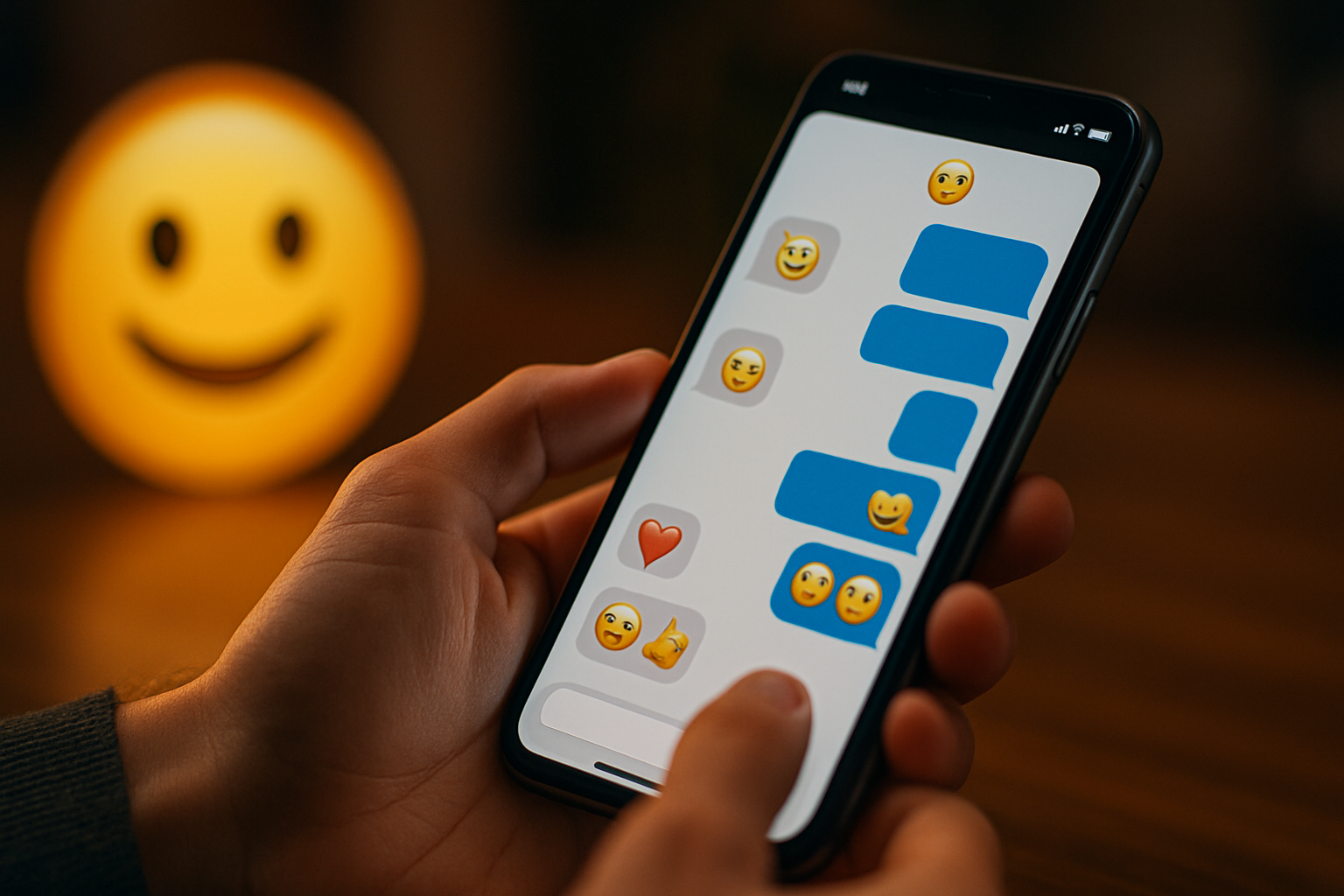The Silent Language Revolution: Emojis as Cultural Catalysts
Introduction: In an era of digital communication, a new form of expression has quietly revolutionized how we connect: emojis. These tiny pictographs have transcended mere decoration, evolving into a powerful language of their own. But how exactly are emojis reshaping our cultural landscape and interpersonal dynamics? Read below to explore the fascinating world of emoji linguistics and its far-reaching societal implications.

The Unicode Consortium, responsible for standardizing emojis globally, has played a crucial role in this evolution. Each year, new emojis are added to reflect changing societal needs and values, from diverse skin tones to gender-inclusive options. This ongoing development showcases how digital communication tools are adapting to our evolving social consciousness.
Emojis as Cultural Mirrors
Emoji usage patterns offer fascinating insights into cultural differences and societal trends. Research has shown that certain emojis are favored in specific regions, reflecting local customs, values, and communication styles. For instance, countries with more collectivist cultures tend to use emojis that express group harmony, while individualistic societies favor emojis that convey personal emotions.
Moreover, the popularity of certain emojis can indicate broader societal shifts. The increased use of environmentally-themed emojis, for example, correlates with growing global concern about climate change. Similarly, the introduction and widespread adoption of more diverse and inclusive emojis reflect society’s push for better representation in all forms of communication.
The Linguistic Impact of Emoji Communication
Linguists are increasingly recognizing emojis as a legitimate form of language evolution. Far from dumbing down communication, emojis are adding nuance and emotional context to text-based interactions. They serve as visual punctuation, tone indicators, and even standalone ideograms, enriching our digital discourse in ways traditional text cannot.
This new layer of communication is particularly evident in how younger generations use emojis. They often combine emojis in creative ways to convey complex ideas or cultural references, developing a sort of visual slang that evolves rapidly. This phenomenon challenges traditional notions of language acquisition and literacy, prompting educators and linguists to reconsider how we teach and understand communication in the digital age.
Emojis in Professional and Social Contexts
The integration of emojis into professional communication represents a significant shift in workplace culture. Once considered unprofessional, emojis are now frequently used in business emails, team messaging apps, and even corporate branding. This trend reflects a broader move towards more casual and emotionally intelligent workplace interactions, particularly as younger generations enter the workforce.
However, the use of emojis in professional settings is not without controversy. Misinterpretations can occur due to generational differences in emoji understanding or cross-cultural variations in meaning. This has led to the development of emoji etiquette guidelines in some organizations, highlighting the need for digital literacy education in professional development programs.
The Future of Emoji Communication
As we look to the future, the role of emojis in society is likely to expand further. Advances in technology may lead to more sophisticated emoji options, such as animated or 3D emojis that can convey even more nuanced expressions. There’s also potential for emojis to play a role in accessibility, providing visual cues for those with certain communication challenges.
The integration of emojis with artificial intelligence and natural language processing is another frontier. As AI becomes more adept at understanding and generating human-like text, incorporating emoji usage could lead to more natural and emotionally resonant AI interactions.
Societal Implications and Challenges
While emojis have undoubtedly enriched our digital communication, they also present new challenges. The potential for misinterpretation across cultures and generations raises questions about the universality of this visual language. Additionally, the rapid evolution of emoji meanings and usage can lead to digital divides, where certain groups may feel excluded from parts of online discourse.
There are also concerns about the standardization and control of emojis. As they become more integral to global communication, questions arise about who decides which emojis are added to the universal set and how these decisions reflect or influence societal values.
The Emoji Era
Emojis have evolved from simple digital embellishments to powerful tools of expression that are reshaping how we communicate and understand each other in the digital age. Their impact extends beyond personal messages, influencing linguistics, workplace dynamics, and even global cultural exchange. As we continue to navigate this new era of visual language, it’s clear that emojis are not just a passing trend but a significant evolution in human communication, reflecting and shaping our society in profound ways.





